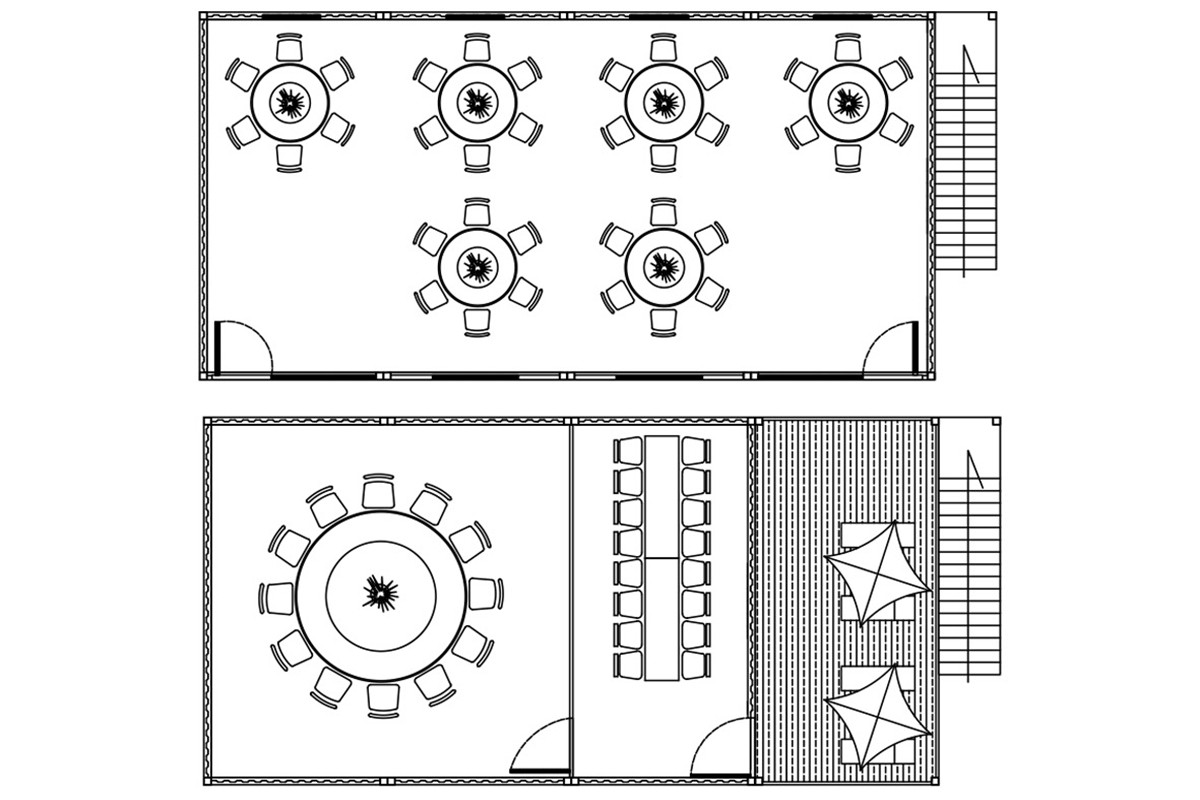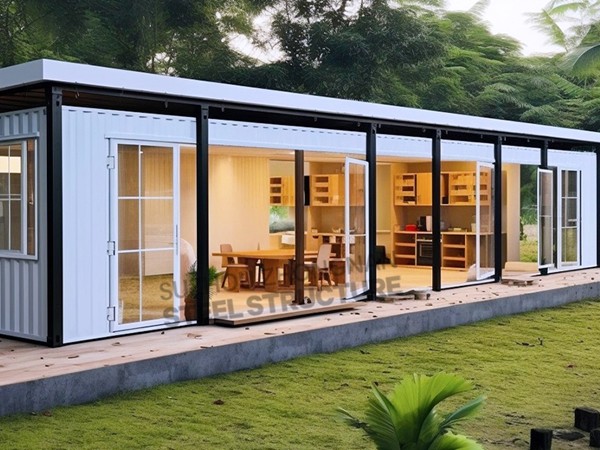office container size
Choosing the right office container size is a pivotal aspect for any business looking to invest in modular office spaces. Office containers have emerged as a popular, cost-effective solution that offers versatility, quick installation, and eco-friendliness. Having gained significant traction over the recent years, businesses seeking to optimize their workspace are exploring this innovative solution. Choosing the right size, however, is crucial in achieving effectiveness and efficiency, and this aspect demands a deep understanding of various influencing factors.

Understanding office container sizes begins with recognizing the standard sizes available in the market and their respective uses. The most common sizes are 10ft, 20ft, and 40ft containers. Each has its unique applications, depending on the space requirements, employee capacity, and the nature of business operations they are intended to serve. A smaller business or a temporary project may find the 10ft container sufficient for limited seating and operations. In contrast, the 40ft container would be suitable for larger teams and long-term projects, offering flexibility in configuring spacious, well-ventilated working environments.
The selection of the appropriate office container size starts by assessing the business's specific needs and constraints. Business owners need to factor in the number of employees, storage requirements, and the need for meeting or breakout spaces. Additionally, consideration of future growth can prevent the hassle of needing to expand again soon. It’s advantageous to conduct consultations with structural engineers or modular design experts who can provide insights into optimizing space without sacrificing functionality or comfort.

Another essential consideration is the site location and delivery logistics. The chosen size must be feasible in your location concerning space availability, local zoning laws, and accessibility for delivery vehicles. Certain urban areas have stringent regulations that limit the size of temporary structures or dictate their placement. Hence, it’s crucial to research local building codes and transportation restrictions thoroughly.
In terms of expertise, it is vital for businesses to partner with reputable container providers known for their reliability and quality. Established firms offer customizable designs, which allow you to modify the interior layout to suit your operational needs, providing an edge over opting for standard pre-configured models. Furthermore, the expertise of these providers extends to facilitating installation and ensuring compliance with safety and regulatory standards.office container size
Investing in office containers also demands an understanding of their environmental impact. The sustainable nature of repurposing shipping containers for office use appeals to eco-conscious businesses. This resonates well with modern corporate social responsibility practices. Moreover, the insulation, HVAC systems, and electricity setups need to align with energy efficiency goals to maximize sustainability benefits.
Addressing authoritativeness, the emphasis on safety standards cannot be disregarded. While office containers are generally safe, attention must be given to fire safety, structural integrity, and ensuring that the container is securely anchored, especially in regions prone to harsh weather conditions. Consulting with specialists in the field who can assess and fortify these aspects is non-negotiable for maintaining a safe work environment.
On the subject of trustworthiness, businesses need to place confidence in their investment in office containers. Hence, opting for suppliers with a proven track record in quality and service delivery is essential. Customer reviews, case studies, and testimonials serve as indispensable tools in evaluating prospective suppliers. Additionally, warranty offerings and post-installation services enhance trust and reliability in the product offering.
To encapsulate, selecting the right office container size is a dynamic decision-making process that calls for a comprehensive evaluation of an organization's present and future needs, site logistics, regulatory constraints, and environmental considerations. By leveraging the latest advancements and expert insights, businesses can ensure the successful integration of container offices into their operational landscape, achieving an optimal balance of cost, functionality, and sustainability. Focusing on experience, expertise, authoritativeness, and trustworthiness not only aids in making informed decisions but also ensures that the investment contributes positively to the business's long-term strategic goals.






